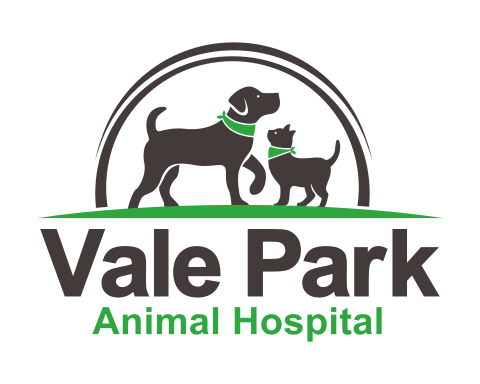Library
-
Pyothorax occurs when pus or inflammatory fluids collect in the space around the lungs causing fever, anorexia, lethargy, and difficulty breathing. It is diagnosed through history, physical exam, radiographs, and thoracocentesis. Treatment with oral antibiotics is essential and may involve repeated thoracocentesis or the placement of a chest drain.
-
Pyrantel pamoate is given by mouth and is used on and off label to treat intestinal parasites in many species. Give as directed. Side effects are uncommon but may include stomach upset, such as vomiting or diarrhea. Do not use in pets that are allergic to it. If a negative reaction occurs, call your veterinarian.
-
Pyrethrin insecticides are naturally derived from the Chrysanthemum (mum) species of flower, and pyrethroids are the synthetic versions. The use of pyrethrins/pyrethroids is generally safe in dogs; however, cats and fish are very sensitive to these products.
-
Pyrethrins + piperonyl butoxide + bicycloheptene dicarboximide otic (brand name Otomite Plus®) is a medication used to treat ear mites in dogs and cats older than 12 weeks of age. Pyrethrins + piperonyl butoxide + bicycloheptene dicarboximide otic comes in a liquid drop form. It is highly toxic to aquatic species and toxic to cats if ingested.
-
Pyridostigmine bromide is given by mouth or injection and is used off label to treat symptoms related to myasthenia gravis. Give as directed.
-
Pyrimethamine is an antiprotozoal tablet given by mouth and used off-label to treat certain parasitic infections. Common side effects include vomiting, low appetite, tiredness, and low blood cell counts. Cats are more likely to have more severe side effects. Pregnant women should handle this medication carefully.
-
Oomycosis (“swamp cancer”) is a waterborne infection of dogs that can affect the gastrointestinal (GI) tract, skin or internal organs of dogs. It can cause extreme weight loss, vomiting, diarrhea, skin lesions, or sudden death. It is more common in southern regions.
-
Quality of life is a way to refer to and discuss the day-to-day life and lifestyle of a dog reaching the end of its life. A quality-of-life scale for cats can help owners and veterinarians work together to maintain a healthy human-animal bond. The scale looks at seven different categories including hurt, hunger, hydration, hygiene, happiness, mobility, more good days than bad. The scale can help clarify the decisions and anxiety related to your dog’s end of life care.
-
Rabies in Dogs
La rabia es una enfermedad producida por un virus que, probablemente, es la más desagradable de todas las que afectan a los animales de sangre caliente, incluyendo las personas y los perros. Casi siempre es mortal.
-
Rabies is one of the most devastating viral diseases affecting mammals, including dogs and humans. It is a fatal disease caused by infection with the rabies virus. Following a bite from a rabid animal, the disease progresses in stages. Vaccination is the cornerstone of rabies prevention.
